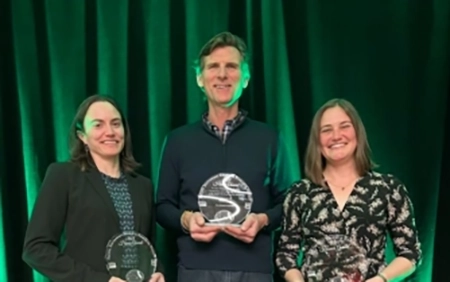USFS Invests $33M to Support Rural Schools & Communities
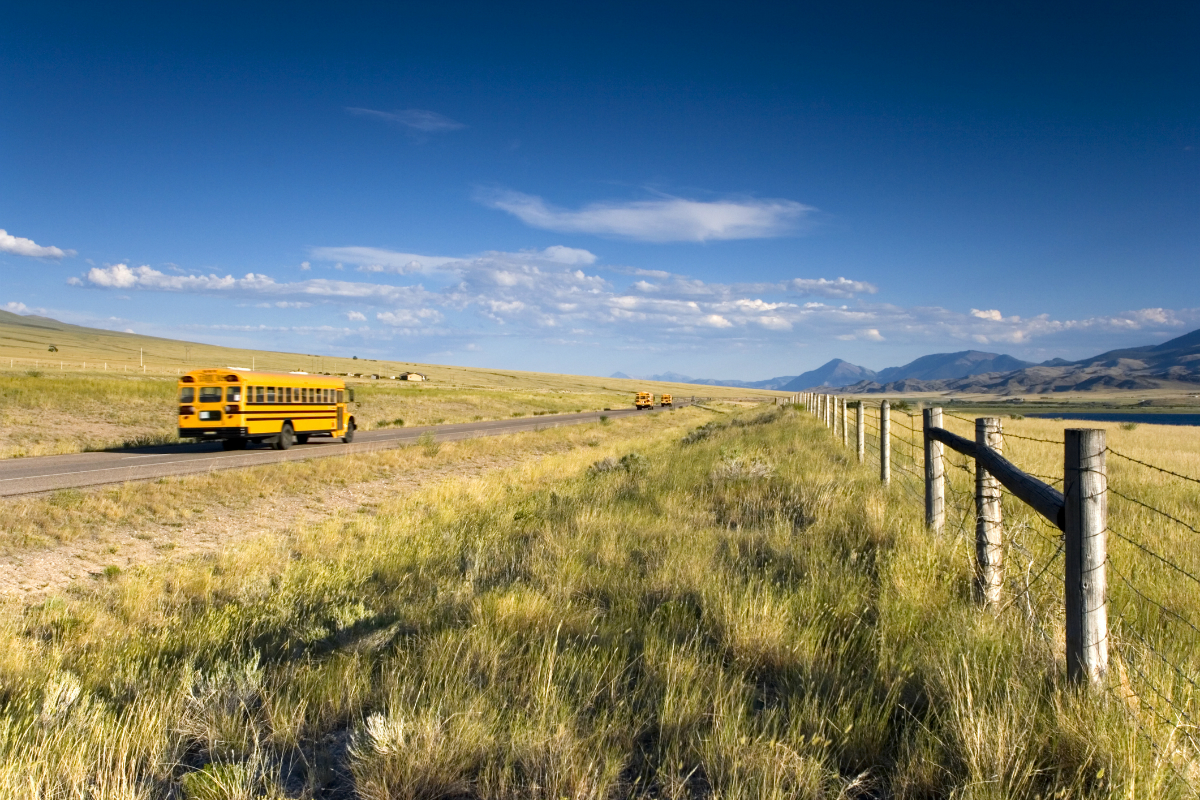
USFS Invests $33M to Support Rural Schools & Communities
On April 12, the U.S. Forest Service announced that California will receive over $33 million of a $232 million package to support public schools, roads and other municipal services through the agency’s Secure Rural Schools program. The funds support crucial public services and pave the way for more jobs. In addition to directly aiding rural schools and roads, funds will reimburse counties for national forest emergency services, and assist in creating community wildfire protection plans.
CA Climate Hub Receives USFS Region 5 Partnership of the Year Award
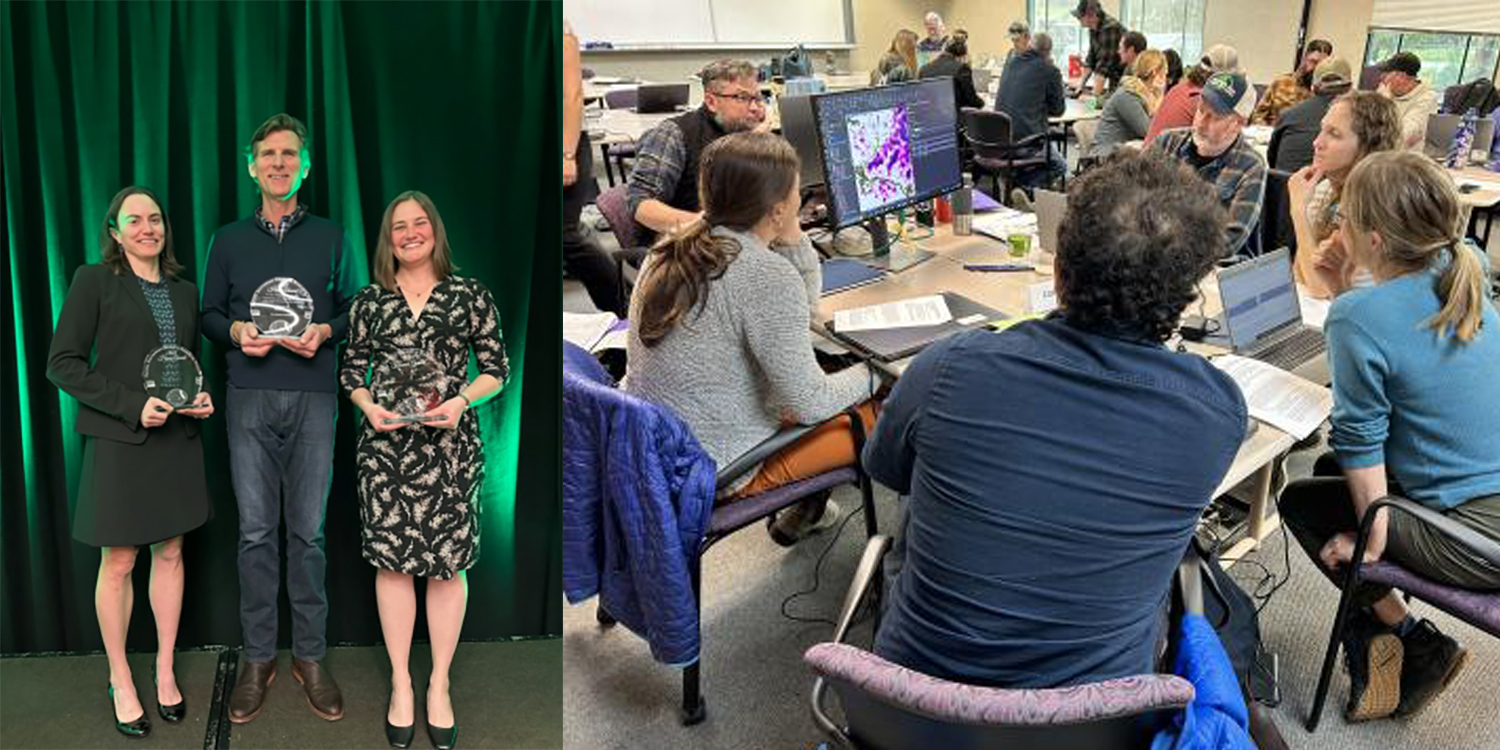
California Climate Hub Receives USFS Region 5 Partnership of the Year Award
The USDA Forest Service Region 5 awarded the California Climate Hub the 2023 Honor Award for Partnership of the Year for their efforts to develop and deliver climate literacy and web-based climate tools trainings. The trainings familiarized participants with relevant information on climate and climate models and provided hands-on experience using two web-based climate data tools: Cal-Adapt and Climate Toolbox. Additionally, the California Climate Hub has designed and delivered a series of workshops focused on the applications of the California Wildfire and Forest Resilience Task Force’s Regional Resource Kits. The most recent workshop gathered forest managers from local, state, and federal agencies at Shasta-Trinity National Forest in Redding.
CAL FIRE Funding Grants Available for 2024
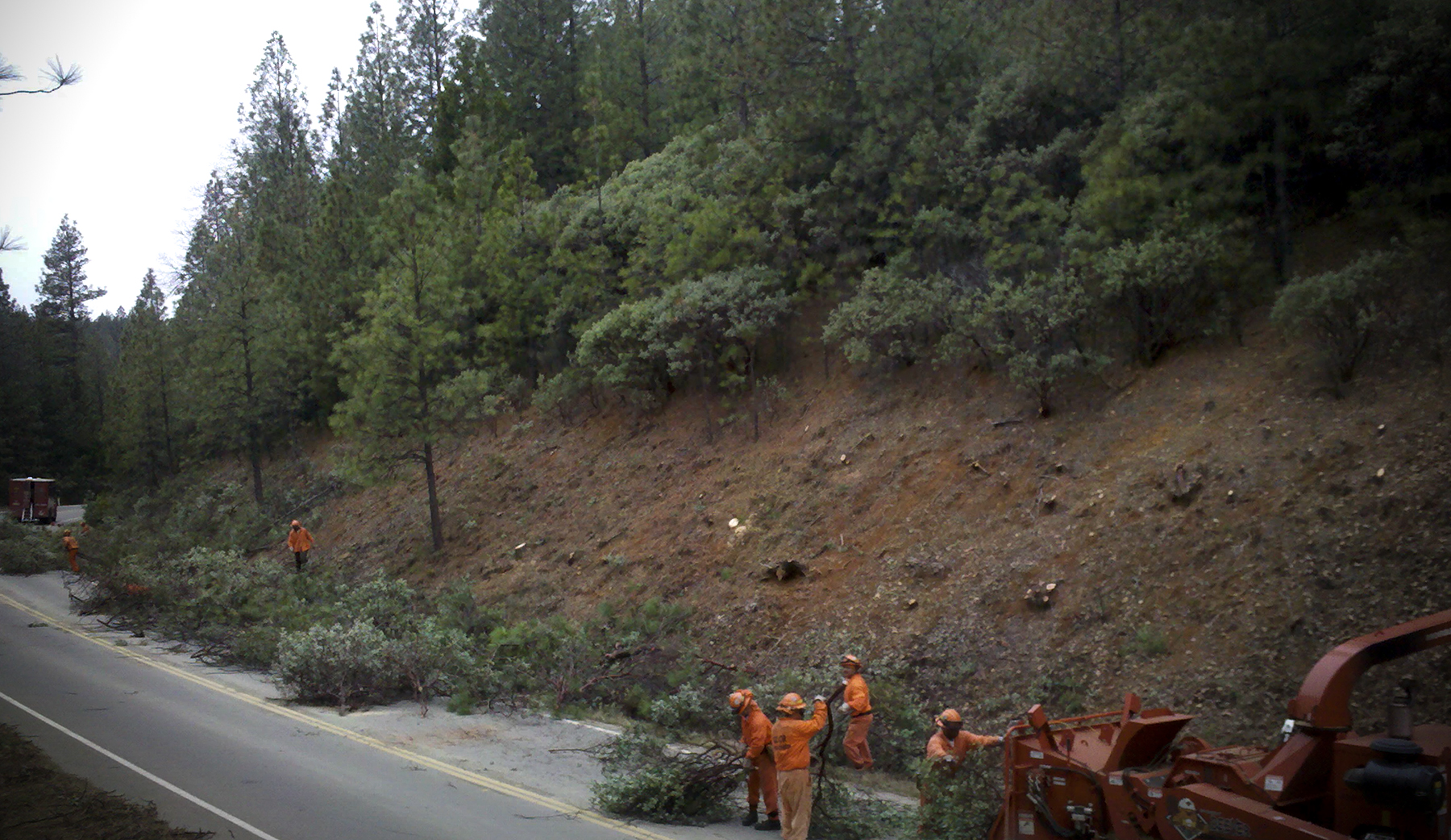
CAL FIRE Funding Grants Available
- Wildfire Prevention: CAL FIRE’s Wildfire Prevention Grant Program will award up to $117 million to local projects that address the risk of wildfire and reduce wildfire potential to communities. Applications are due January 10, 2024.
- Forest Health: CAL FIRE’s Forest Health Program will fund up to $120 million forest fuels reduction, prescribed fire, pest management and reforestation projects and $50 million post-fire reforestation and regeneration projects. View the virtual workshop. Applications are due January 15, 2024.
- Forest Health Research: CAL FIRE’s Forest Health Research Grant Program will award $4.5 million for scientific research projects that address wildfire and forest health issues critical to the State of California. Concept proposals are due January 24, 2024.
- Business and Workforce Development: CAL FIRE Wood Products and Bioenergy expects to open a solicitation for a new round of funding on January 15, 2024.
CAL FIRE Invests $15M in California’s Wood Products Infrastructure
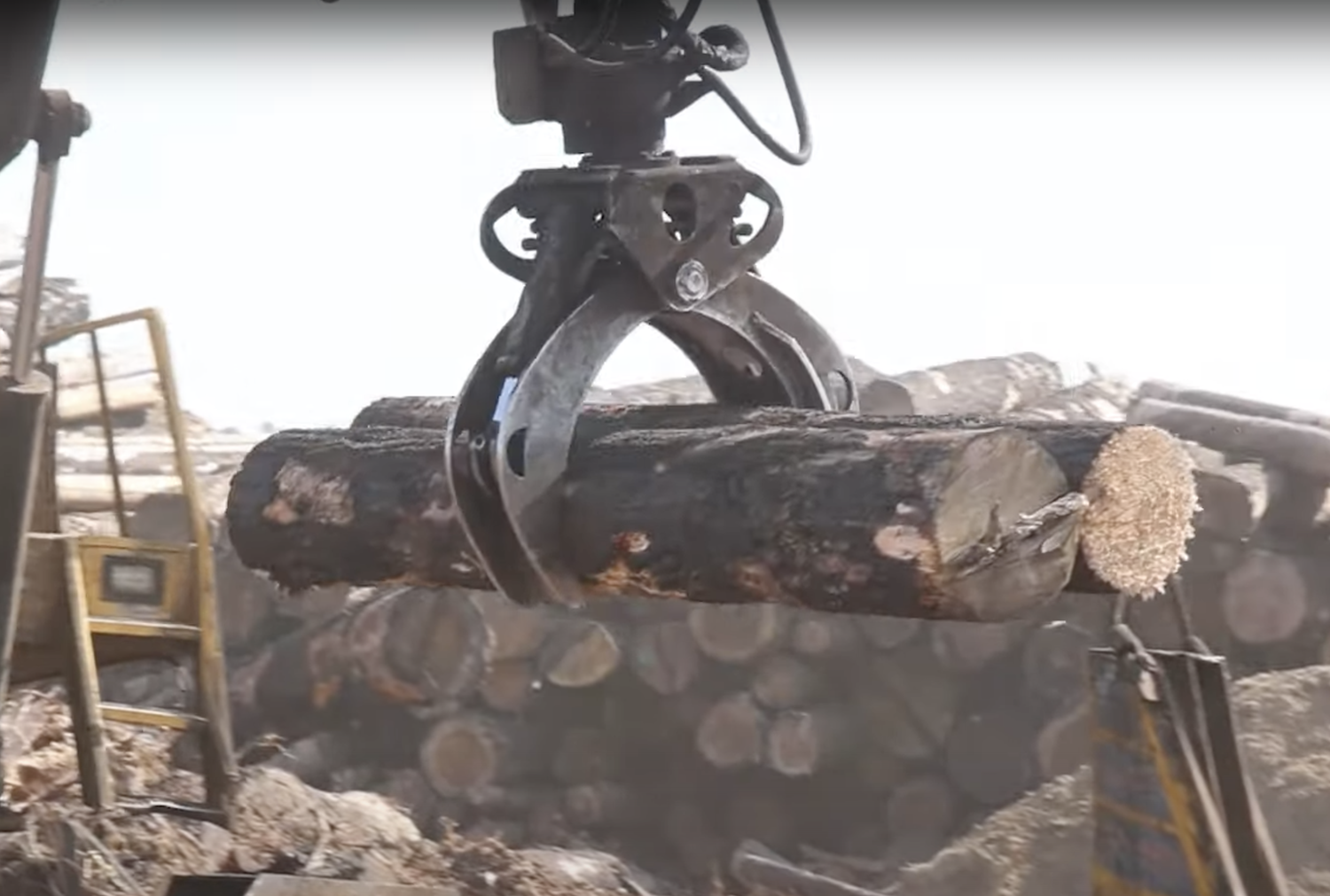
CAL FIRE Invests $15M in California’s Wood Products Infrastructure
On December 7, CAL FIRE announced the Wood Products and Bioenergy Program awarded 16 projects focused on expanding workforce development and growing the businesses involved in creating healthy, resilient forests across the state as outlined in California’s Wildfire and Forest Resilience Action Plan. The awards support private businesses, non-profits, schools, and Tribes.
The Watershed Center Partners to Build CA’s Wildfire Resilience Workforce
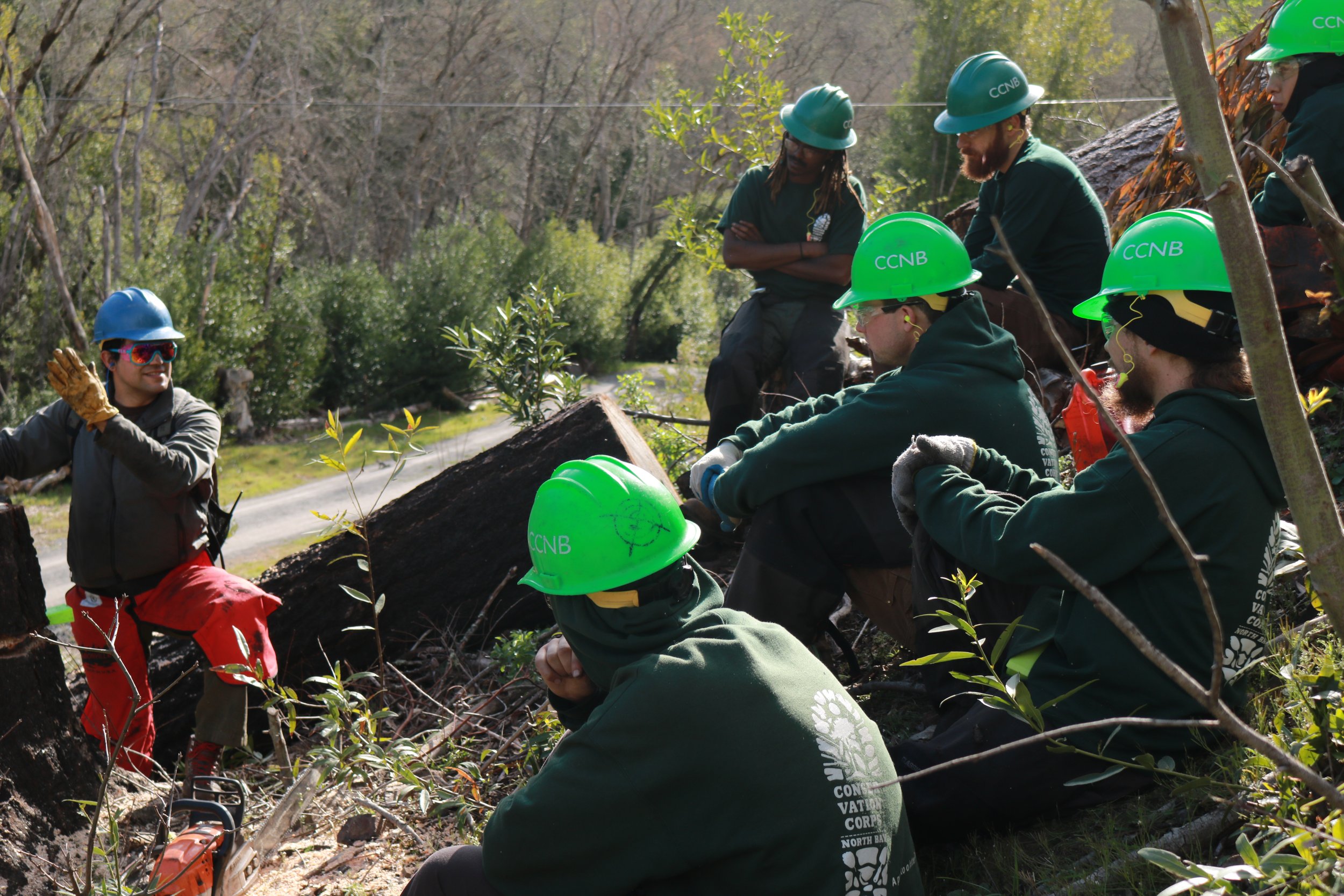
The Watershed Center Partners to Build CA’s Wildfire Resilience Workforce
Increased workforce training is critical to meeting the goals of the Task Force. To boost that effort, The Watershed Research and Training Center (The Watershed Center) is launching a new kind of workforce development effort, specifically tailored to Corpsmembers of Local Conservation Corps across California. The Watershed Center piloted this approach from January 2022 to August 2023 with Conservation Corps North Bay, using funds from the California Department of Conservation’s (DOC) Regional Forest and Fire Capacity (RFFC) Program. Now, thanks to continued RFFC funding and also a grant from CAL FIRE’s Workforce Development grant program, the Watershed Center is scaling up the effort.
June Progress on the Ground
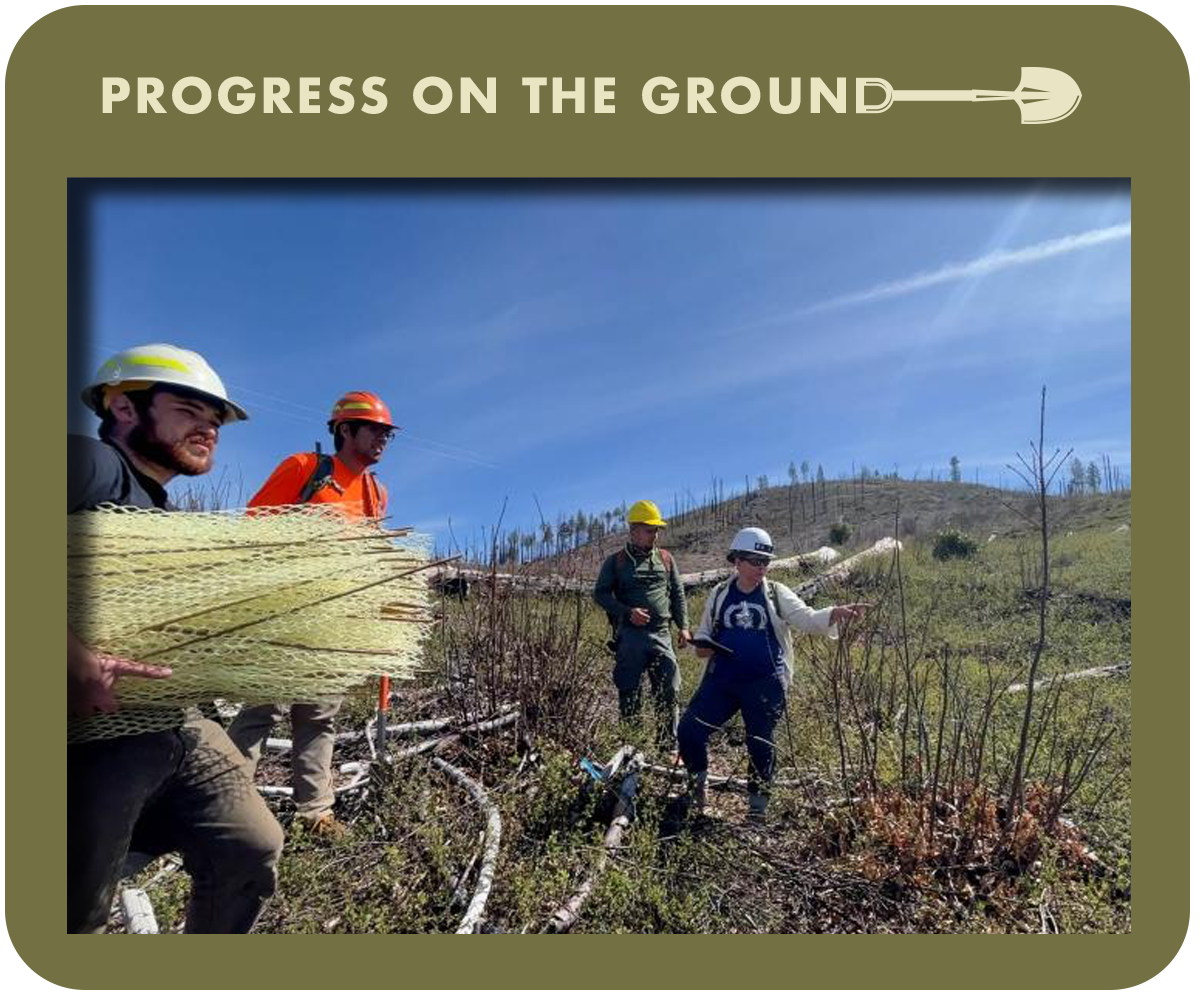
June Progress On The Ground
USFS Concow Resilience Project: Replanting trees is not as simple as it seems. The US Forest Service (USFS) and partners are restoring areas impacted by devastating wildfires in recent years, including the 2018 Camp Fire, and mitigating risks of future catastrophic wildfires with the Concow Resilience Project. The project re-establishes widely spaced oak and pine woodlands to more closely resemble how the land looked prior to European settlement.
USFS Teams up with Shasta College to Provide a Hands-on Learning about Forest Health: Shasta College’s Heavy Equipment Construction and Heavy Equipment Logging students have invested 120 hours this summer in the completion of a fuels reduction project at the Hirz Campground on Shasta Lake with implementation oversight provided by the USFS. Funding for the project was provided by the Shasta Resource Advisory Committee and funding for the Heavy Equipment Logging Operations Program is from California Climate Investments and administered by the CAL FIRE Forest Health Program.
River Pines Community Fuel Break: In the wake of the nearby 2021 Caldor Fire, local residents in Amador County are working with the Amador Fire Safe Council to put CAL FIRE Vegetation Management Program grant money to work to create a fuel break around their community.
The Vegetation Management Program (VMP) is a cost-sharing program that focuses on the use of prescribed fire, and some mechanical means, for addressing wildland fire fuel hazards and other resource management issues on State Responsibility Area (SRA) lands.
Landowners may choose to apply for participation in the Vegetation Management Program. If approved, CAL FIRE assumes the liability for conducting the prescribed burn.
RESOURCES
New State and Federal Investments in Wood Innovations Products
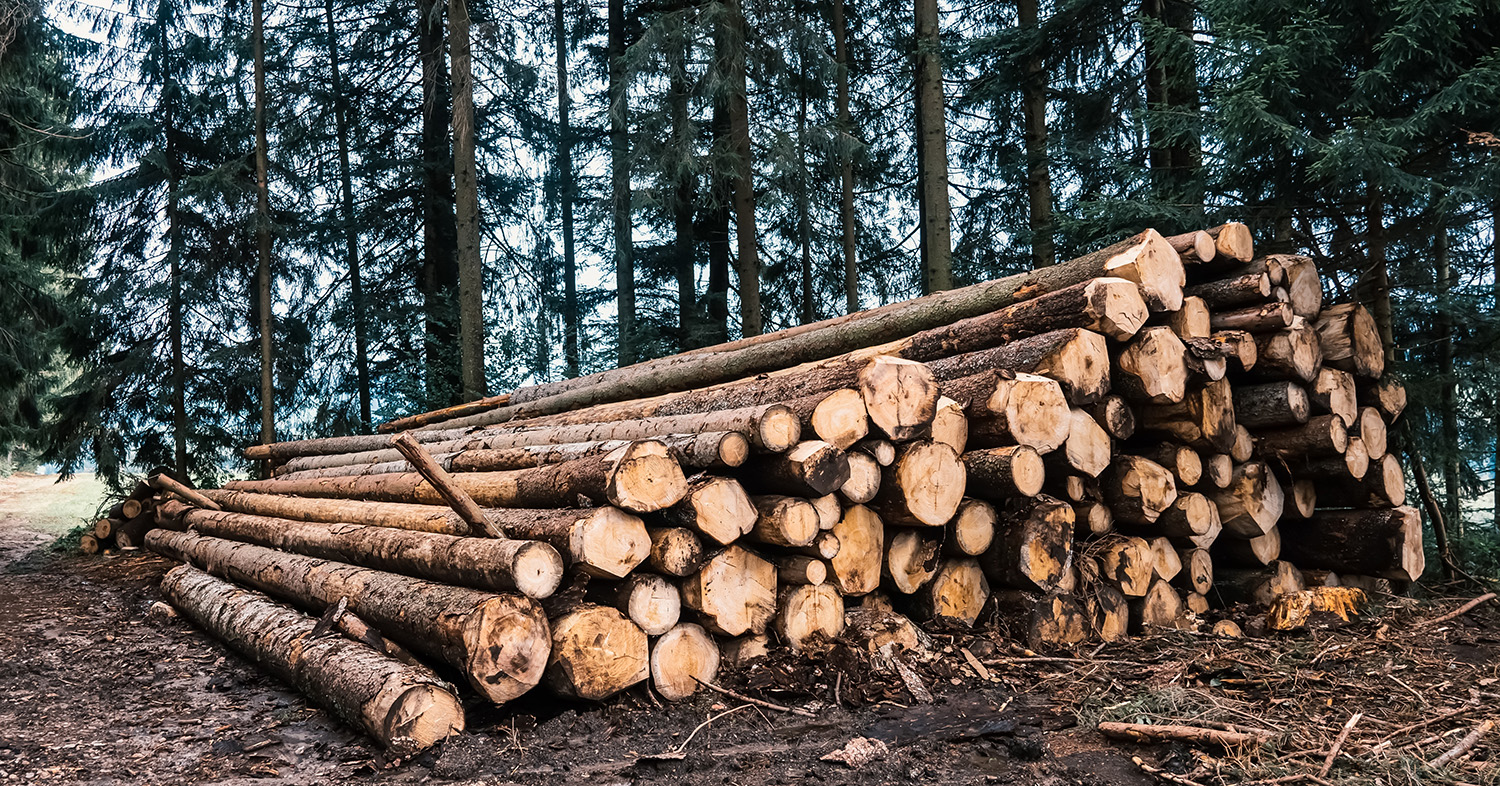
New State and Federal Investments Being Made in Wood Innovations Products
USFS Invests $43 Million in Wood Innovations Projects: The U.S. Forest Service supports innovation in the wood products economy, expansion of wood energy markets, and promotes wood as a sustainable building material. California will receive nearly $3.5 Million to invest in 12 Wood Innovations grants as part of a nationwide $54 million investment. The funded projects will expand modern wood use — as construction material in commercial buildings, as an energy source, and as manufacturing and processing for wood products used in framing homes and more.
CAL FIRE Invests $16 Million in Biomass Energy, Wood Products and Workforce: CAL FIRE’s Wood Products and Bioenergy Program awarded $16 million through 14 grants to non-profits, small business and manufacturing facilities. Grants will allow the subsidized transport or low-value forest biomass, job training opportunities, forestry outreach, and the development or expansion of small forest operations and milling businesses.
CAL FIRE Announces New Grants Available For Multiple Initiatives

CAL FIRE Announces New Grants Available For Multiple Initiatives
Funding is now available for a wide range of critical needs, from forest health and post-fire reforestation to workforce development and green school yards.
WILDFIRE PREVENTION GRANTS PROGRAM: Up to $120 million for projects focused on protecting people, structures, and communities.
FOREST HEALTH GRANT PROGRAM: Up to $120 million for landscape scale forest restoration and resilience projects.
POST FIRE REFORESTATION AND REGENERATION: Up to $50 million for reforestation treatments.
BUSINESS AND WORKFORCE DEVELOPMENT: Up to $7.5 million for wood products and up to $5 million for biomass transportation subsidy projects.
GREEN SCHOOL YARDS: Up to $117 million to improve tree canopy cover on California K-12 public school campuses and nonprofit childcare facilities.
TRIBAL WILDFIRE RESILIENCE PROGRAM: Up to $15 million is available for wildfire resilience implementation projects. These grant funds will assist California Native American tribes in managing ancestral lands, implementing and promoting Traditional Ecological Knowledge in wildfire resilience, and establishing wildfire safety for tribal communities.
RESOURCES
CAL FIRE Funding $14M In Workforce and Business Development Projects
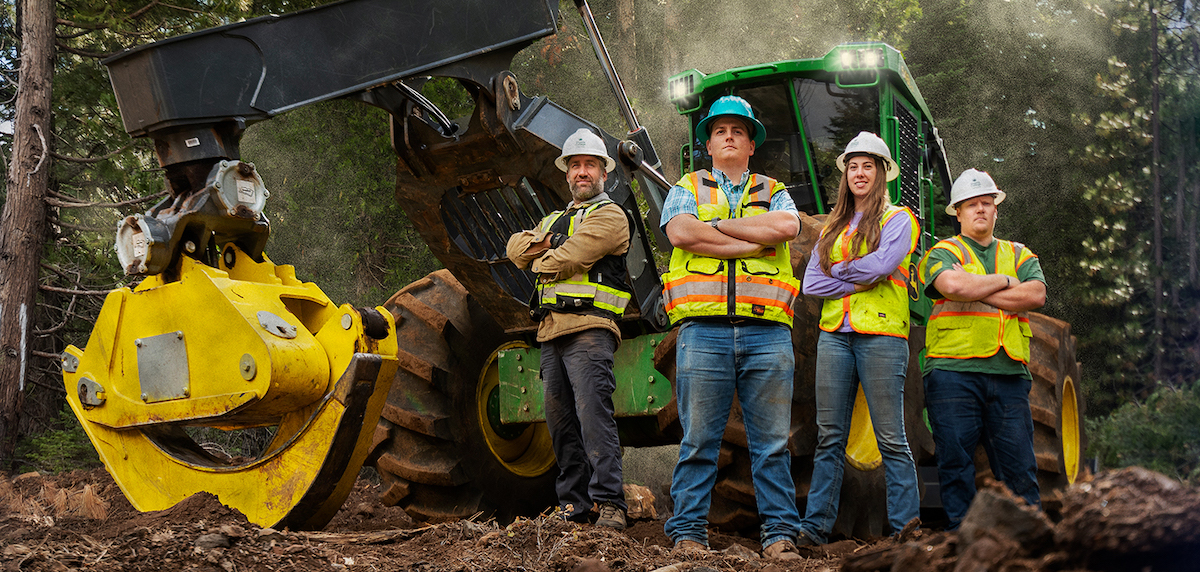
CAL FIRE Funding $14M In Workforce and Business Development Projects
Focused on increasing California’s capacity to establish healthy, resilient forests through workforce and business development, the Wood Products and Bioenergy Team at CAL FIRE awarded $14 million in new grant agreements. The 10 new awards will go to non-profits, family businesses, wood products manufacturing facilities and local governments that are building the infrastructure and capacity to sustainably manage California’s forests as outlined in California’s Wildfire and Forest Resilience Action Plan.
In addition to grants to non-profits, family businesses, and county and local governments, a $3 million grant will allow Sierra Pacific Industries to begin immediate construction on a new nursery that will be capable of producing 25 million seedlings per year.
State Can Fight Fire With Prescribed Fire By Funding Jobs In The Field
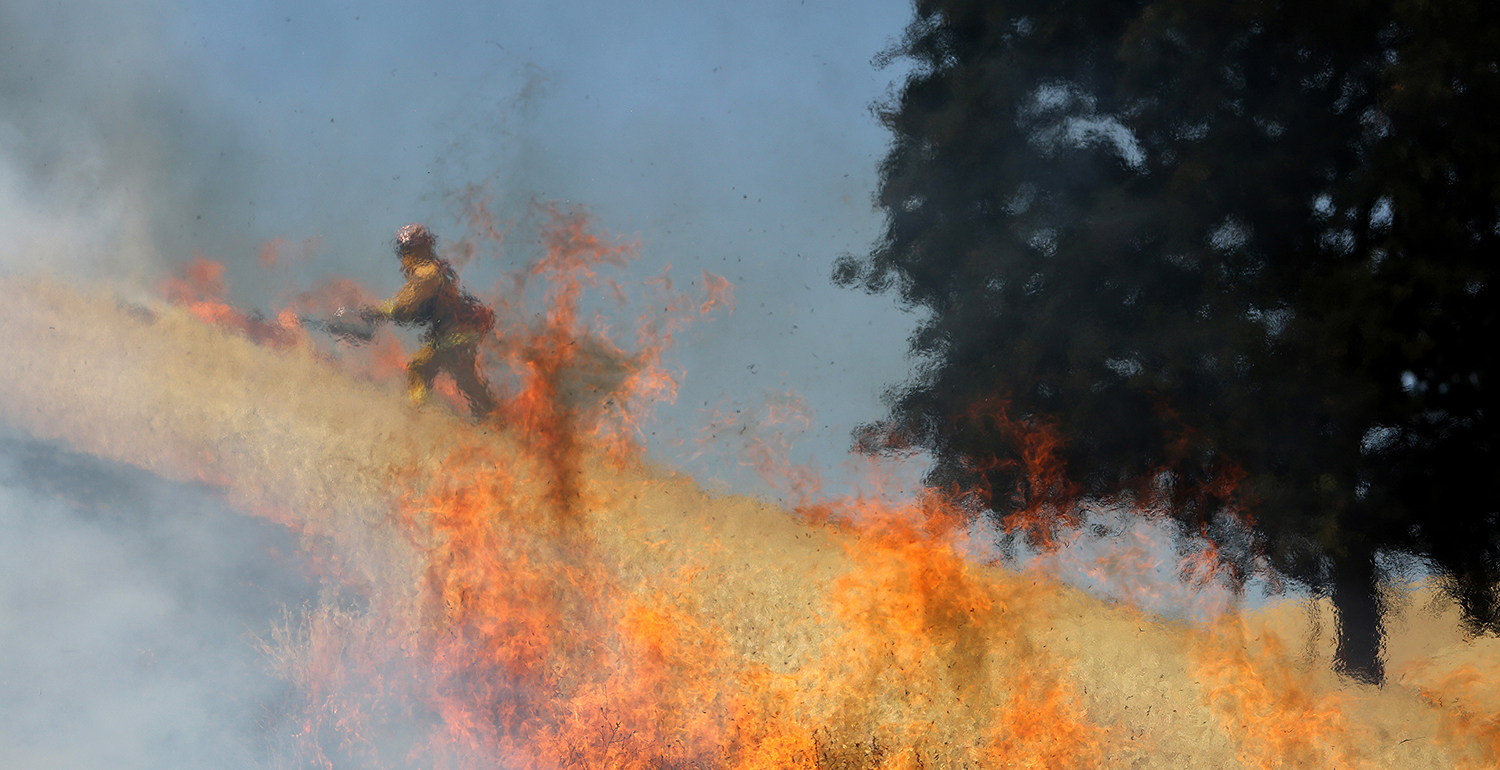
State Can Fight Fire With Prescribed Fire By Funding Jobs In The Field
“It is now accepted that prescribed fire is needed to conserve and restore biodiversity, prevent catastrophic fires, stabilize carbon and promote public health and safety. To address the pace and scale of prescribed fire that is needed, we must invest in careers in prescribed fire.” Read this guest commentary in CalMatters.org from Tom Gardali, CEO, Audubon Canyon Ranch.

